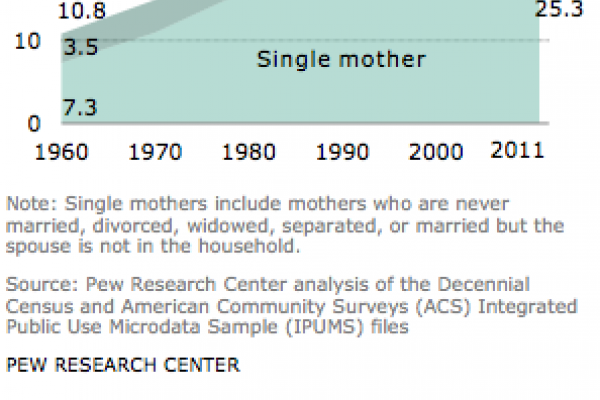A recent Pew poll revealed a significant shift in American families. Four in 10 of this country’s households now rely primarily on the income of women.
This is both good news and bad. For many women, new opportunities are allowing them to be the primary breadwinners in their families. In some careers, women are chipping away at the very real glass ceiling so many have and continue to face. Our efforts towards equality have made some strides. Some strides.
At the same time, a significant majority of households who rely primarily on women’s incomes are single-mother households living in poverty or near-poverty. Structural barriers lead almost inexorably to more complicated and difficult lives for these families. From health care and food costs to child-care and educational expenses, they face greater challenges because of structural obstacles we so often unwittingly endorse and from which we even benefit.
Some things never change.
Read the Full Article

